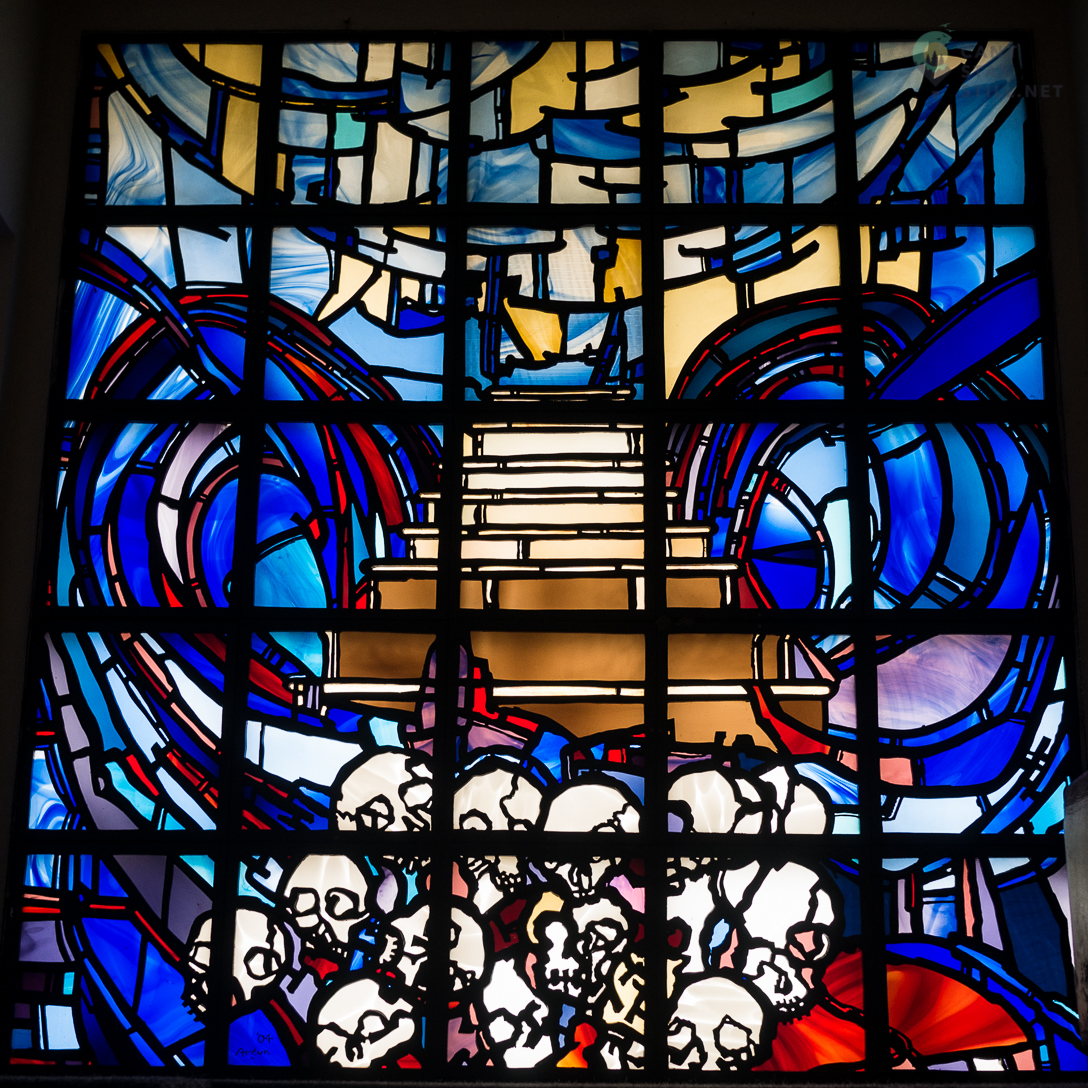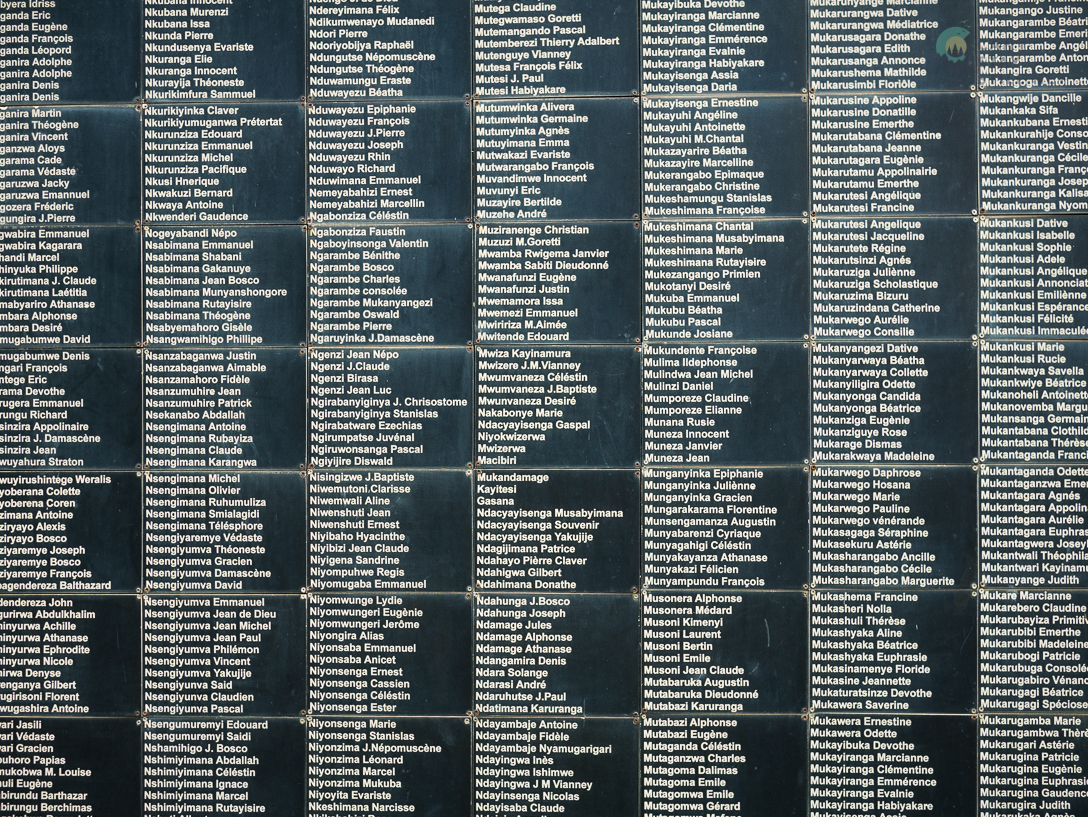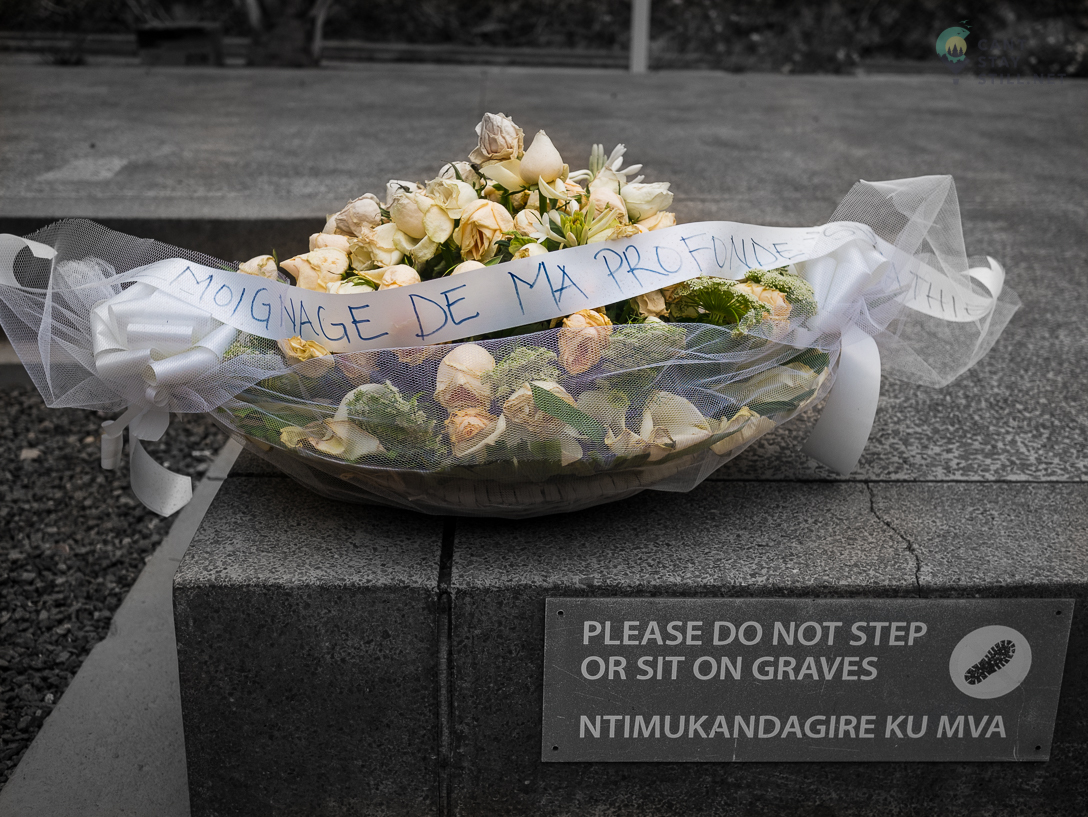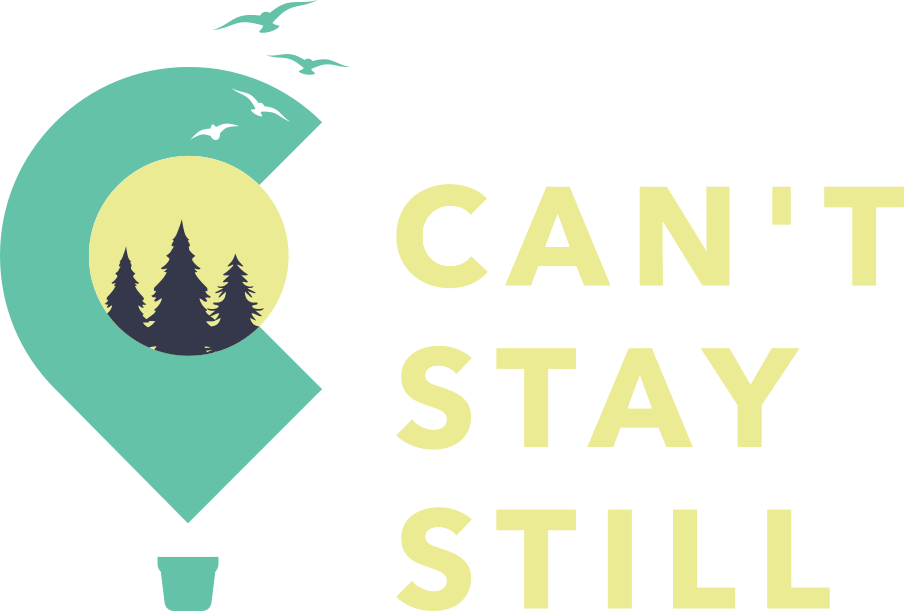I met Donatella on a minibus going from Gisenyi to Ruhengeri. She works ‘with the schools’ in a church-led program and she’s from the French-educated generations*. I congratulated her for how clean and organized everything was in Rwanda. My praise was heartfelt and honest and I could see the pride in her eyes when receiving it. She replied that the government is doing a great job at rebuilding the country, that the focus is on infrastructure as well as the community. She continued to explain that, under the guidance of the officials, people are also making huge progress and everybody is working towards a future that won’t allow the past to repeat itself.
We are not forgetting, but we are learning to live again. We are learning that the dead are dead and we must keep on living.
And not only live – but live together!
The tears in her eyes and the quiver in her voice stopped me from going deeper in the conversation.
I went to Rwanda determined to talk to as many people as I could to try to get a better insight in their recent past. But the visit to the Kigali Genocide Memorial on the first day of my trip melted my uneducated determination like an ice cream left out in the sun, leaving behind a puddle of disappointment at myself for being so ignorant. It is now hard for me to even express how deeply emotional and impacting that visit was. How was I thinking anybody can express how it felt to survive the Genocide? How was I thinking I could ever understand?

The Memorial walks you through a well laid-out display of facts and personal stories in the form of videos, photographs and personal artifacts of the victims and their families.
The first thing to understand is the larger picture of the genocide’s context. How the colonists laid the foundations of the ethnic differentiation and preferred the Tutsi, how the educated Hutus started demanding equality and how the situation escalated in time to a civil war. The parts fighting were the Tutsi refugees organized in a rebel group (Rwandan Patriotic Front) and the Hutus (now backed by the administration). The genocide was prepared by political leaders and ignored by international organizations and other governments.
The genocide itself, the killings of Tutsi people and moderate Hutu, consists of a million** stories of murder, torture, and rape (often by men who were known to be infected with HIV). It was committed by Rwandans against their own neighbors and friends. Fire guns were primarily used by militias but most of the atrocities were carried out with machetes, clubs, mallets, hoes or simply by throwing the victims in rivers or latrines.

The hundred days of killings left behind deeply traumatized individuals and a wrecked society. The magnitude of the events and the impact on the Rwandan society are hard to evaluate. Children were orphaned; many people either saw their entire family being killed or did not know what happened to their loved ones; peasants were brainwashed into killing their neighbors and innocent people saw their neighbors turning against them. Many Rwandans left the country as refugees (either Tutsis fleeing prosecution or Hutus escaping consequences).The ones that remained were deeply traumatized after witnessing and escaping horrendous acts or participating as perpetrators.
A UNICEF survey of the children surviving genocide estimates that in 1994
- 70% of the kids witnessed someone being killed or injured,
- 80% of the kids experienced a death in the family,
- 90% of the kids believed they would die themselves.
The numbers only help understand the scale of the disaster at a country level. But each person was living a drama.
The social and emotional aspect of the acts themselves and the aftermath cannot be put into words or numbers. It’s probably the lowest a country will ever get. And when you are at your lowest you have two choices: to stay there and pity yourself or to start climbing. Rwanda chose the latter. They chose to leave division behind and to work for a united society. And they chose forgiveness. They were betrayed by the members of their own communities, they saw their families die horrible deaths at the hands of their own friends and neighbors and they rose above it and chose to forgive.

Now, Rwanda is free of corruption. It is the cleanest country in Africa and cleaner than most European countries. Rwanda was the first country in Africa to ban plastic bags. Every last Saturday of the month, all Rwandans come together and dedicate a few hours to community projects by taking part in umuganda.
Of course, the country is far from being free of problems. But the lessons we can learn from the evolution of Rwanda in the last 23 years are many. The most important ones for me are forgiveness, tolerance and the power of small steps in achieving great goals. I learned them from the teary eyes of Donatella and others I met along the way.
* As part of the effort to rebuild the country, English replaced French as the main language of the Education system in 2008, however, both languages along with Kinyarwanda are official languages
** Different estimations place the death toll between 800,000 and over one million. It is estimated that 70% of the Tutsi were killed in the genocide. Each of those people had a story, something to look forward to and people they loved and that loved them back.

One thought on “Rwanda then and now. The rebirth after the Genocide”
Comments are closed.